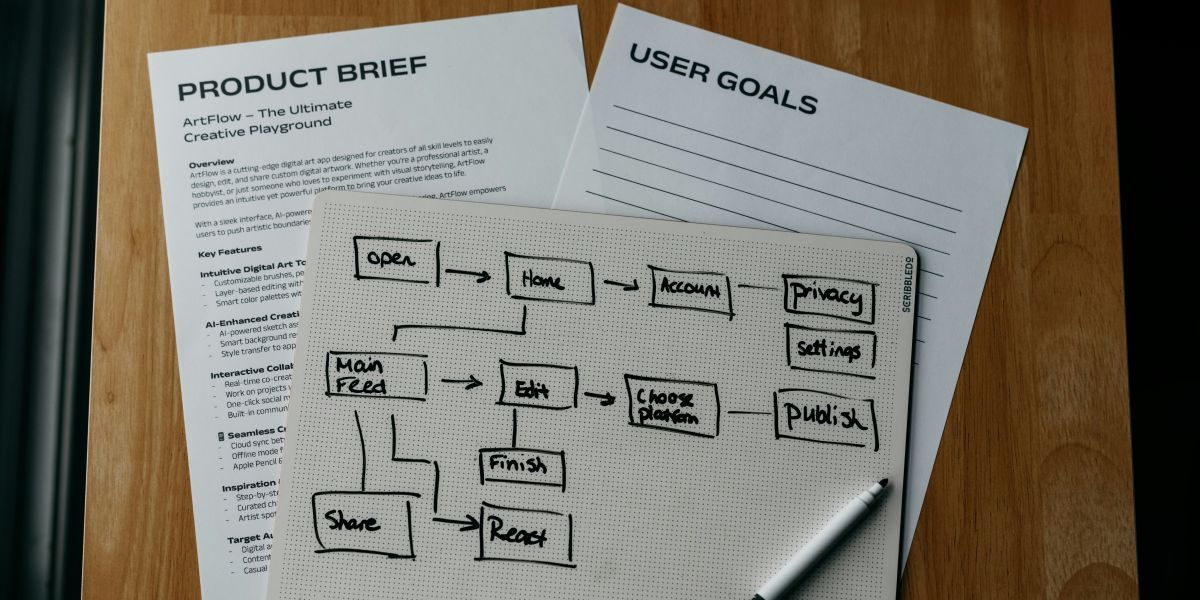Compliance is increasingly important in today’s fast-moving, highly regulated business landscape. Companies often need to meet various legal and industry-specific requirements to help mitigate risks like fines, reputational harm, and operational disruptions.
Over the past two to three years, this necessity has led to a noticeable shift in approach. According to the 2023 Thomson Reuters Risk & Compliance Survey Report, 70% of risk and compliance professionals report a move away from basic check-the-box compliance toward a more strategic, integrated framework.
However, as compliance becomes more comprehensive, managing it can also grow more complex, particularly for businesses navigating multiple departments and evolving regulations. To address this challenge, many organizations are exploring structured templates as a practical way to help simplify and standardize compliance efforts.
In this post, we’ll explore how compliance templates may help organizations establish consistency, improve efficiency, and support a structured approach to regulatory requirements.
What is Compliance Standardization?
Compliance standardization involves creating a more consistent, repeatable process for meeting legal, regulatory, and industry requirements across an organization. This approach aims to ensure that the same procedures, documentation, and systems are used across all departments, helping compliance efforts align with established guidelines.
By standardizing compliance, organizations may reduce errors, enhance transparency, and simplify audits, potentially making it easier to demonstrate adherence to laws and industry regulations. Rather than reinventing the wheel for every compliance-related task, companies can consider utilizing pre-designed compliance templates to provide structure and clarity.
Implementing standardized compliance practices may also foster a culture of accountability and responsibility among employees, as everyone can become aware of their specific roles and obligations. This cohesive framework could improve efficiency while supporting continuous improvement in compliance processes.
Why Use Ready-Made Compliance Templates?
Utilizing Compliance Templates can help reduce much of the guesswork in compliance management. These templates may offer:
- Consistency: Helps ensure every department follows a standardized process, potentially minimizing discrepancies.
- Time savings: Provides a structured framework, reducing the need to create documents from scratch.
- Accuracy: Often designed by compliance professionals, which may lower the likelihood of missing critical details.
- Scalability: Can be adaptable across different teams, regions, and business units.
- Audit readiness: Assists in maintaining organized, well-documented compliance records.
Now, let’s explore how businesses might use ready-made compliance templates to standardize key compliance processes.
1. Policies and Procedures Templates
Well-documented policies and procedures often form the backbone of compliance. These documents guide employees, helping them follow industry and legal requirements.
Using pre-built compliance templates for policies and procedures can provide a clear structure for drafting, updating, and maintaining company-wide compliance guidelines. These templates may help businesses:
- Maintain policy consistency and keep them up-to-date with changing regulations.
- Offer a user-friendly format that may make complex compliance rules easier to understand.
- Reduce some of the burden of policy creation so teams can allocate more time to implementation.
2. Risk Management and Assessment Templates
Companies often benefit from an organized method to identify risks, assess them, and evaluate prevention methods to achieve compliance. Recording risks manually can sometimes overwhelm the process.
With pre-designed risk management templates, businesses may be able to:
- Identify and prioritize risks using standardized formats.
- Use structured risk matrices to assess the severity and likelihood of risks.
- Develop mitigation plans that align more closely with regulatory expectations.
For businesses looking for a customizable, potentially easy-to-implement risk assessment framework, Compliance Templates might offer a ready-made solution for managing risks efficiently.
3. Audit Checklists and Reports
Regular audits can help businesses stay compliant, but without a structured approach, they may become tedious and inconsistent. Using audit checklists and pre-built report templates could ensure that compliance reviews are:
- Thorough: Covering many necessary checkpoints in a structured manner.
- Efficient: Potentially reducing time spent on documentation.
- Actionable: Providing clearer recommendations for resolving compliance gaps.
Instead of starting from scratch, businesses might use audit templates that align with industry best practices. Platforms offering ready-to-use compliance templates could simplify this process, helping ensure audit readiness with less administrative burden.
4. Training and Certification Templates
Compliance isn’t just about policies—it also requires proper employee training. Some large firms report that the average cost to maintain compliance can reach up to $10,000 per employee. Training templates may help organizations standardize learning materials and maintain accurate records.
Training and certification templates might help businesses:
- Establish a more consistent onboarding process for new hires.
- Keep better track of employee certifications and training progress.
- Increase the chances that compliance knowledge remains up to date.
By using a structured compliance training approach, businesses could reduce misinterpretations of policies and lower some compliance risks caused by a lack of awareness.
5. Incident Management Templates
When a compliance-related incident occurs, businesses typically need a structured process for reporting, investigating, and resolving the issue. Incident management templates may streamline this process by:
- Encouraging documentation of all necessary details in a standardized format.
- Potentially reducing response times with predefined action plans.
- Facilitating regulatory reporting, which could help meet compliance requirements.
Having pre-made incident response templates might allow organizations to handle compliance breaches more swiftly and mitigate risks effectively.
6. Vendor Management Templates
Third-party vendors play a crucial role in business operations, but they also introduce compliance risks. Standardized vendor management templates may help businesses:
- Screen and onboard vendors using structured checklists.
- Improve contractual compliance with ready-made contract templates.
- Monitor vendor performance through predefined evaluation criteria.
Compliance templates could simplify third-party risk management for businesses working with multiple vendors, helping ensure partners meet regulatory standards.
Valuable Practices for Implementing Compliance Templates
To potentially get the most value from Compliance Templates, organizations might consider the following:
- Customizing them: While templates provide a useful foundation, tailoring them to fit specific business needs is often beneficial.
- Standardizing adoption: Encouraging all departments to use the same versions could improve consistency.
- Keeping templates updated: Compliance laws change frequently—regular reviews may help keep documents relevant.
- Training employees: Ensuring teams understand how to use compliance templates effectively can enhance their effectiveness.
Summary
Standardizing compliance doesn’t have to be complicated. By leveraging ready-made templates, businesses may ensure consistency, improve efficiency, and reduce compliance risks—without spending excessive time on documentation.
Compliance Templates can offer a practical way to simplify compliance processes, potentially making it easier for organizations to stay audit-ready, manage risks, and align with regulations. Whether it’s policies, audits, training, or vendor management, a structured template-based approach might make compliance management more effective.
Could it be easier if you had a library of compliance templates tailored to your industry’s needs? Instead of creating everything from scratch, you might explore pre-designed templates that could save time, reduce errors, and bring clarity to your compliance efforts.
Disclaimer: This article is for informational purposes only and does not constitute legal, compliance, or financial advice. Compliance requirements may vary by industry, location, and other factors. Businesses should consult with legal and compliance professionals to ensure their processes meet the specific regulations applicable to their operations.
Published by Joseph T.

















